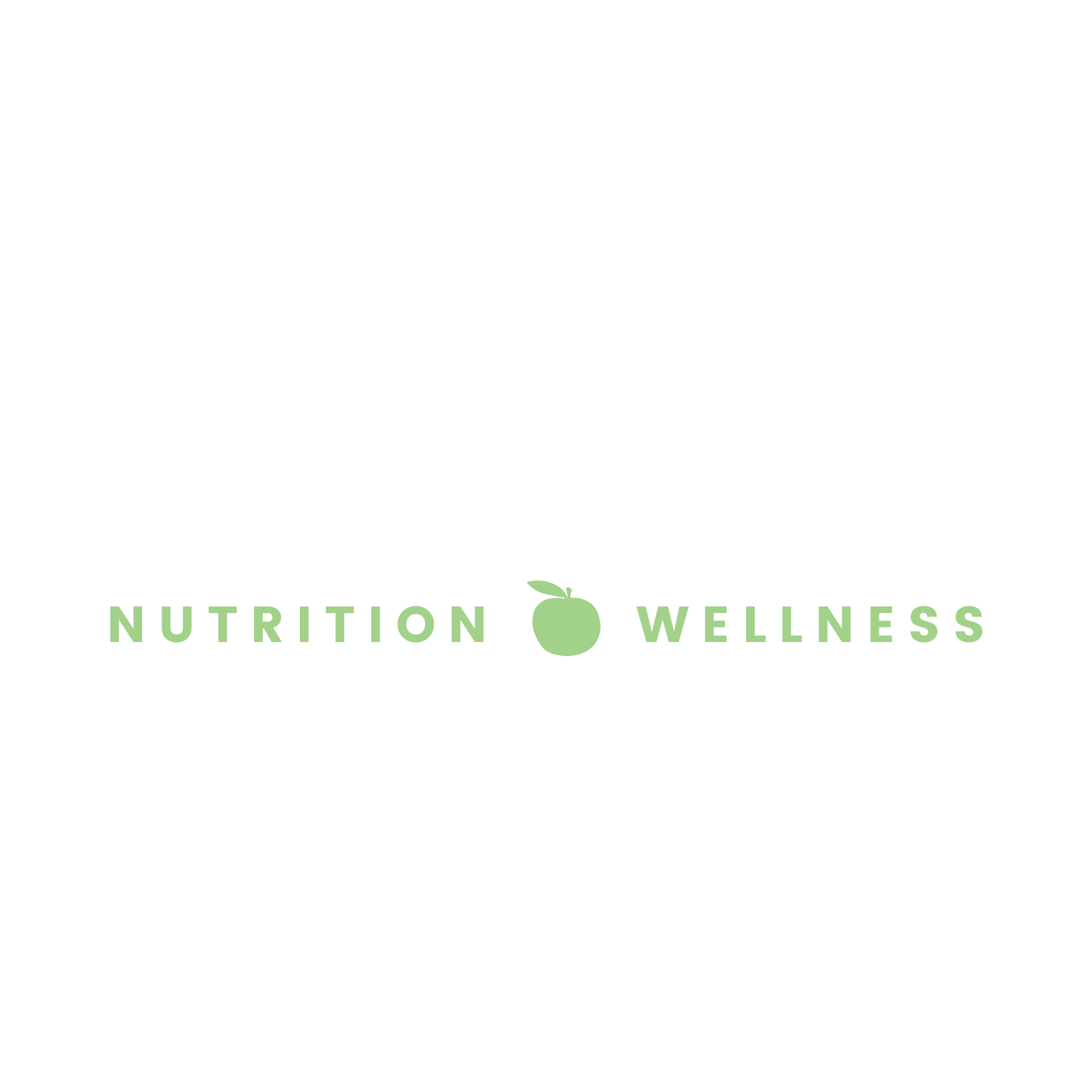How to Understand Your Fullness Cues
Fullness cues. This can be elusive subject to most. Why is that and how can we better be guided by our bodies?
What is a fullness cue?
Fullness cues are an array of signals sent from the body to the brain (and vice-versa) to let us know that we have satisfied our need for calories and nutrients for the present time. They do not look the same for everyone. In fact, if you have been using external cues to tell you that you are full (such as the “clean your plate” club mentality) most likely your cues will be off. Do not fret, we can help them return!
How does our body provide fullness cues?
Our brain as a section called the hypothalamus. The hypothalamus is quite amazing in that it knows exactly much energy we need to take in based off how much we have expended and how much we have already taken in. It basically is the calibrator of our brain to keep us at homeostasis. The brain communicates with the gastrointestinal tract using millions of nerve endings that line the tract. One of the largest connecting nerves is called the vagus nerve. The act of our stomach physically stretching activates receptors which send signals through the vagus nerve to our hypothalamus. Additionally, when our food (specifically fat and protein) moves through to the small intestine it signals a hormone called CCK to be released. CCK signals a hormone called leptin to be released. Think of leptin as our fullness hormone, it increases when it wants to tell our brain to stop eating and is very important to weight stabilization. Lastly, further down in the gastrointestinal tract, glucose is absorbed into the bloodstream. This causes hormones like GLP-1 and insulin to be released. These also tell the hypothalamus to gastric emptying and tells our brain to stop eating. COOL STUFF!
Why are many of us not in touch with our fullness cues?
External factors. Plain and simple. Those include the following:
Eating to finish your plate (“clean plate club”)
Eating the same or in comparison with others around you (social eating)
Eating with distractions (work, TV, daydreaming, etc.)
Not eating enough or consistently throughout the day
Eating too quickly
Not chewing food enough
History of an eating disorder
History of dieting or food restriction
5 tips to get back to your individual fullness cues:
1. Eat enough:
This means both calorically and nutritionally. Are you eating enough for YOUR individual body? Are you getting carbohydrates, protein, and fats throughout the day? At each meal you should aim for at least two of those three macronutrients to help with satisfaction and satiation. As you read above, certain nutrient signal certain hormones to release helping to tell our brain that we are full.
2. Eat consistently:
3 meals, 1-2 snacks. If you are skipping meals or waiting to long in between meals, this will prime your body to overeat or not be able to stop while eating. You should never go into a meal completely on empty (feeling irritable, “low blood sugar”, inability to concentrate, stomach growling). Instead go with an empty stomach, but stable energy and mind.
3. Put away distractions:
This doesn’t just mean don’t watch TV. It can mean intrusive thoughts or anxious feelings. How do you do that? I would suggest either mentally noting how you are feeling in an objective way and mentally tie it up and let it go from the time being. A journal is a great way to do this as well and helps many with getting back to internal hunger and fullness cues. Take a few big deep breaths prior to your meal to allow your body to begin to turn over to “rest and digest” mode and away from “fight of flight” mode.
4. Tune In:
Now it is time to tune in to your body’s sensations. This includes mental and physical. Before you start eating, note your emotional status, hunger status, as well as taking in the environment around you. Try to do this 2 to 3 times throughout the meal as well. What are the sensation that come up? How does your food taste, smell, and feel? On a 1-10 scale how would you rate this bite vs. another bite. If you begin to notice a subtle decrease the enjoyment or taste of the meal, you are approaching fullness. Remember this process takes practice, you won’t get it the first time!
5. Tell yourself this:
So what if you are really enjoying a meal and it is hard to stop you ask? Well first, know this. None of these tips are hard and fast rules. Sometimes it will serve you emotionally to eat the whole meal, dessert, or snack despite being full. And that is okay! Other times, I would suggest telling yourself something like this: “wow, this tastes amazing… I feel that I am approaching fullness though and and it won’t feel good to finish. I am going to box this up and eat it tomorrow with lunch” or “I really love the taste of this dessert, but I am already quite full from dinner, I am going to try to recreate this recipe at home” or “this is my favorite food and I so want to keep eating, but I know we will make this again next week and I can enjoy it then.” Telling yourself that this is not the last time you will have a meal or food will give you the freedom to stop. It will take away from the “last meal” mentality where. you feel like you can never have the food again.
If you need further assistance with understanding intuitive eating, creating a healthy relationship with food, or understanding other nutritional nuances. I got you! Schedule an appointment here.


